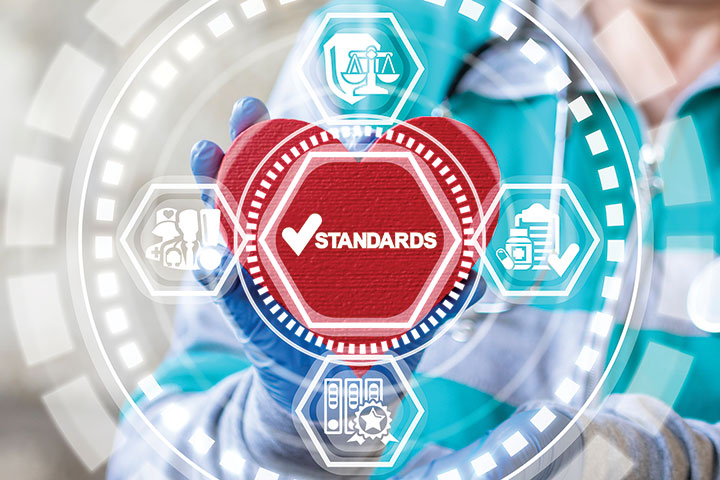To: Ethics Advisory Board
From: Contingently confused
Subject: Conventional, contingency, and crisis standards of care
Throughout the COVID-19 pandemic, I keep hearing about different levels of care. What do these levels of care mean and what are their ethical implications?
From: ANA Center for Ethics and Human Rights
For many of us, “contingency” and “crisis standards of care” were not terms we encountered in our everyday practice before 2020. Now, those terms are often heard and frequently misunderstood. In a 2009 report, the Institute of Medicine (IOM) first proposed a framework to guide healthcare practice in times of public health emergencies and large-scale disasters. These types of disasters, including the current COVID-19 pandemic, could create strains on healthcare entities. The IOM report outlines a continuum of care ranging from conventional to contingency to crisis standards of care in response to ongoing surges in demand for healthcare.
In conventional and contingency standards of care, patient-centered decision-making remains a priority, with the focus on individual patient values and preferences. Most organizations have plans in place to manage a surge caused by a disaster or public health emergency. If these surges continue, healthcare systems may reach a state in which meeting individual patient-care needs may be affected by insufficient staff, space, and supplies. Reaching crisis standards of care requires a substantial change in usual healthcare operations where conventional or contingency levels are impossible to deliver. When this occurs, the focus shifts from individual patient decision-making to a focus on public health and saving the greatest number of lives possible.
These potential changes in standards of care may cause uncertainty and anxiety for nurses. The Code of Ethics for Nurses with Interpretive Statements continues to guide us through these trying times. According to Provision 1.4 of the Code, individuals are interdependent members of their communities. Nurses recognize situations in which the right to self-determination may be outweighed or limited by the rights, health, and welfare of others, particularly in public health. The limitation of individual rights must always be considered a serious departure from the standard of care, justified only when there are no less-restrictive means available to preserve the rights of others, meet the demands of law, and protect the public’s health.
Provision 8.4 of the Code guides nurses to collaborate for human rights in complex, extreme, or extraordinary practice settings, with specific guidance for pandemics. In crisis standards of care, nurses must collaborate with public health officials and members of the healthcare team, while protecting the rights of vulnerable populations.
Additional guidance can be found at the COVID-19 Resource Center and in the document, Crisis Standard of Care COVID-19 Pandemic. The United States faces an ongoing battle with COVID-19. Despite this unprecedented health crisis, nurses in every setting continue to provide compassionate care to patients despite ever-changing information and new challenges.
—Response by Stacy C. Smith, MA, MLS, BSN, RN, CHPPN, HEC-C, member of the ANA Ethics and Human Rights Advisory Board.
Reference
Institute of Medicine Committee on Guidance for Establishing Standards of Care for Use in Disaster Situations; Altevogt BM, Stroud C, Hanson SL, Hanfling D, Gostin LO, eds. Guidance for Establishing Crisis Standards of Care for Use in Disaster Situations: A Letter Report. Washington, DC: National Academies Press; 2009. doi:10.17226/12749



















